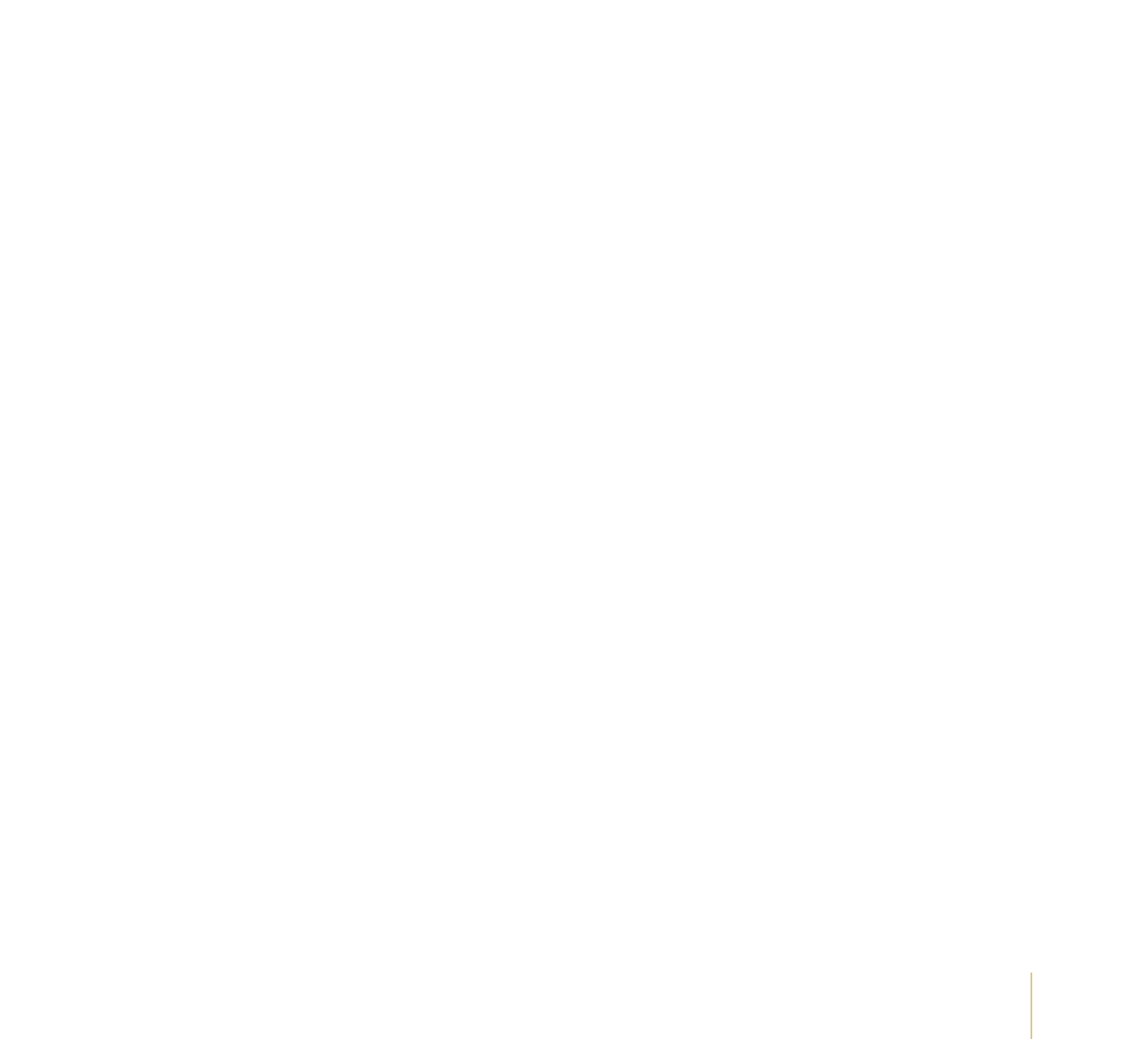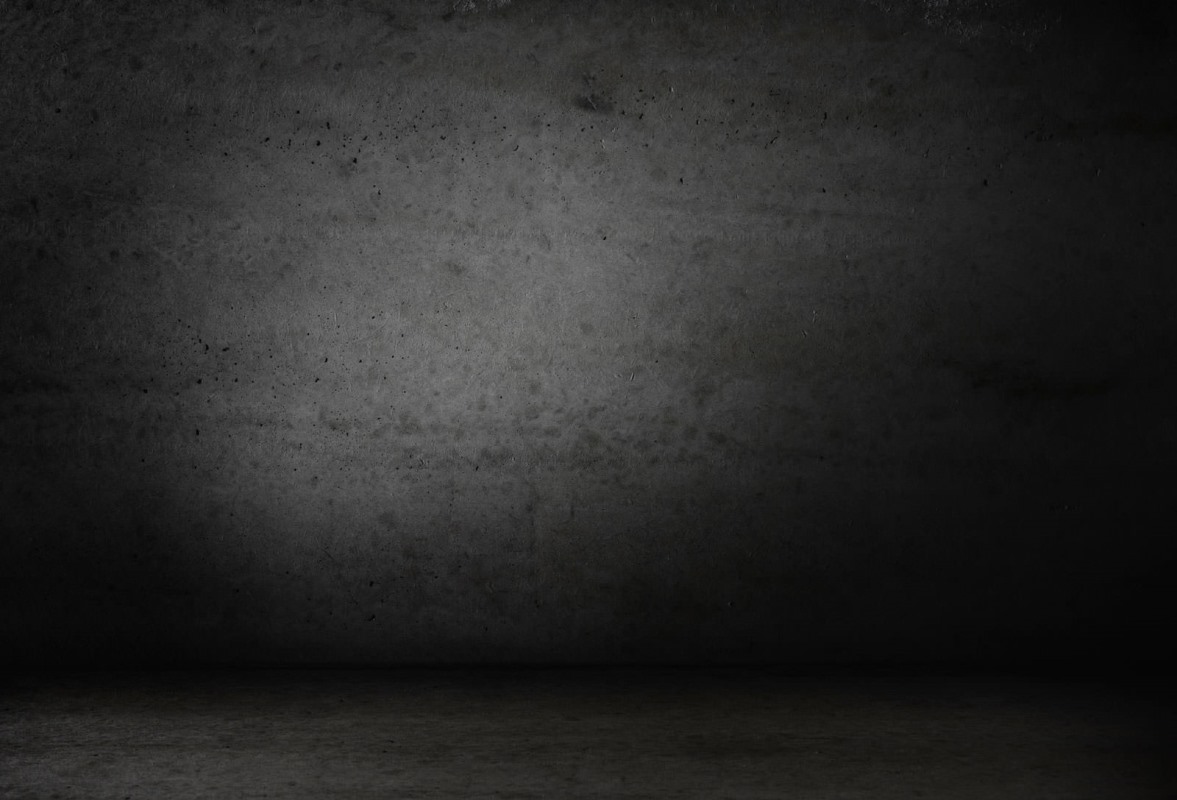

21
You are regarded as an authoritative interpreter of Chopin, Rachmaninoff
and Fauré. When did you first tackle the piano music of Schumann?
In reality, at the Paris Conservatoire – where people used not to perform much
French music – I studied Beethoven, Chopin, Liszt and Schumann. Actually,
Schumann’s keyboard works were always present in my mind, but it was more
the
Études Symphoniques
, very fashionable in those days, and
Carnaval
, which was
regularly programmed in concert. I tackled
Kreisleriana
quite early on, but without
playing it much; by contrast, I hesitated to invest my energies as a performer in the
Fantasie
. Perhaps I didn’t feel it sufficiently in my bones. During my studies with
Pierre Sancan, who admired Schumann and gave his pupils the
Kinderscenen
or
the
Études Symphoniques
to play, we were more interested in questions to do with
morphology, like the problemof the fourth finger of the right hand that Schumann
atrophied by binding it in the hope of gaining greater independence for the other
fingers! We didn’t go into psychological issues, but paid more attention to quality
of touch or the symphonic character of Schumann’s piano music, which has a very
special density that’s difficult to convey in orchestral terms.
JEAN-PHILIPPE COLLARD

















